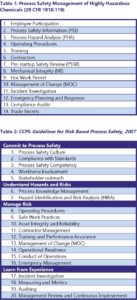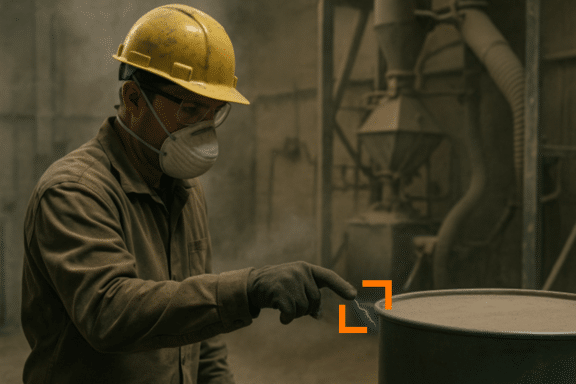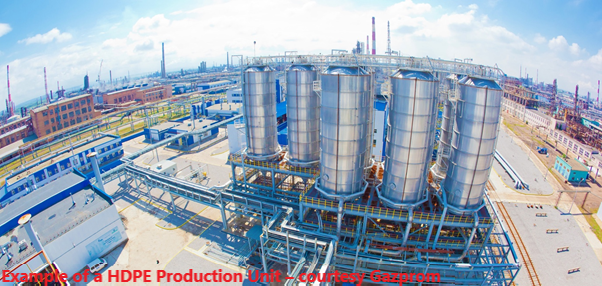Search
Process Safety Management Willy Nilly – a logical proposition!

At Stonehouse we help many companies design and implement their Process Safety Management (PSM) systems Willy Nilly.
We have Willy, who’s a technical details person. Willy has a deep understanding of process safety from an engineer’s perspective. He knows about flammability, reaction hazards, hazardous area classification, static electricity, dust explosions, and more. He understands the fires, explosions, and accidental chemical release risks associated with processes and operations as well as the need for technical control measures and how to effectively implement them.
Then we have Nilly. Nilly is a process person. Nilly understands the big picture, understands the need to focus on organizing people and culture, pulling out the relevant information from those in your company that have it, laboratory test data, standards, planning for emergencies, etc… and putting it all together into a credible and effective Process Safety Management System. Nilly knows how to keep those Willys under control and stop them even entering the rabbit holes of never-ending research. But Willy, of course, knows that Nilly hasn’t gotten much idea about cool flames and regression analysis. Willy is proud of his technical knowledge and how this can input to a HAZOP, Fault Tree, or Bow Tie analyses; and he sees his input as essential and can make the difference between a plant that has all the PSM boxes ticked – and one that is continuing to operate safely!
You need Willys and you need Nillys to ensure continued safety of the processes and operations in your company. Afterall, process safety incidents are generally the result of technical failures, human failures, management system failures – and sometimes external circumstances and natural phenomena (which can also be anticipated and protected against). Not that many individuals can cover all bases seamlessly; it’s all down to human nature.

So, as you will know, there are 14 elements that make up a process safety management system according to the Occupational Safety and Health Administration (OSHA) – Table 1. Or is it the 20 elements that make up the process safety management system according to the AIChE Center for Chemical Process Safety – Table 2?
If you look at Table 1 and Table 2, you’ll see the need for both Willys and Nillys to reliably design, implement, check, and maintain your Process Safety Management program. At Stonehouse, our Willys include D, V, M, P… all highly experienced technical process safety engineers and our Nillys include V, R, F, A, S…. all with many years of experience working in industry, designing, and running process safety management programs.
By way of example, “A” recently spent some time with a client leading HAZOPs, pulling together the internal knowledge within the company and formulating output in a useable form. He helped with management review and continuous improvement, and with emergency incident management plans. On the other hand, and for a different company, “M” undertook a Dust Hazards Analysis (DHA) project, advised on selection of dust samples and laboratory tests, control of ignition sources, including static electricity, control of explosible dust clouds and hazardous dust accumulations, and checked the design of dust explosion protection and isolation systems. He also was engaged to examine risk of flammable liquids handling as well as chemical reaction hazards (runaway reaction) and used calorimetry data to specify vent size for pressure relief.
Can we help you design, implement, check, or maintain your Process Safety Management system? It’s cost effective and can merge many decades of OUR process safety management and engineering experience with those of YOUR team that really understand your plant and your processes. A no-brainer?
For a free-of-charge discussion with one of our Willys or our Nillys, please contact us by email: [email protected] or call us on 609-455-0001.
This article uses “Willy Nilly” as a tongue-in-cheek way of describing the importance of implementing a PSM program. Stonehouse brings technical expertise, decades of experience, and a client-centered approach to process safety and process safety management.

Get in touch
To learn more about our expertise and services in dust explosion prevention & mitigation, call us at +1 609 455 0001 or email us at [email protected] today.
We also offer tailored virtual and in-company process safety training programs on Dust Explosions, Static Electricity and HAC (Hazardous Area Classification) and more. Find further information here.











